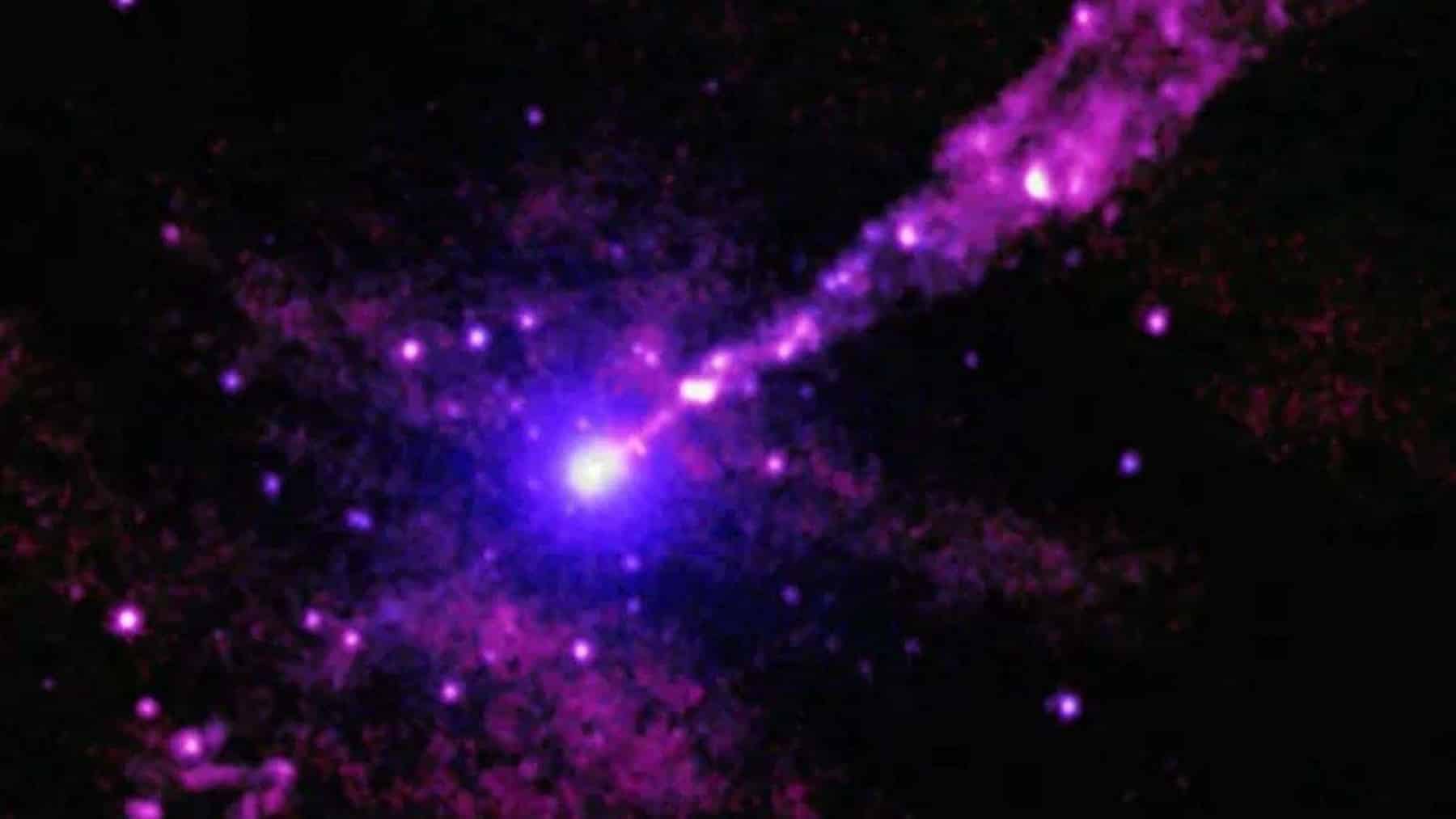Far beyond the reach of humanity, deep in the vast depths of our never-ending universe, NASA has once again uncovered something that is unique in its own right. Before now, cosmic eruptions have been popping up. Our astronomers are finding it difficult to explain how black holes can behave like a clock. What could it be that is causing such rhythmic turbulence within the fabric of our cosmos? Read on to find out more.
Dissecting the unknown: Unravelling the mystery behind NASA’s latest cosmic enigma
The task of detecting and exploring interstellar phenomena within the confines of our universe rests in the hands of NASA. The organization has not disappointed in its quest to acquaint humanity with cosmic enigmas that are beyond human comprehension or reasoning, with verifiable proof and imagery.
Within a galaxy that can be considered to be very far from Earth in average terms, but not so far in astronomical terms, the Zwicky Transient Facility (ZTF) and NASA revealed that there was a strange object shining unusually.
By now, you might be wondering what this cosmic enigma could be. After its discovery by ZTF, the black hole that seems to be in the middle of all of this is “Ansky.” Since its discovery, Ansky has been closely monitored ever since, up till February 2024, when it began to emit quasi-periodic eruptions (QPEs) every 4 and a half days, with each lasting approximately 1.5 days longer and more entropic than any previous occurrence.
Zooming out: Detecting the clearer picture surrounding the formation of Ansky
After Ansky was discovered by ZTF and NASA, several physicists and astronomers have stipulated various theories to explain and unravel the mystery behind the origin of such vague but consistent quasi-periodic eruptions.
The main theory that is mostly entertained by astrophysicists and astronomers is the orbiting theory. This theory stipulates that a smaller cosmic companion is orbiting around Ansky, and with every close pass, the object plunges through its twisting, thick layers of space gas and dust.
This interaction between the companion and the black hole causes the companion to get violently hot, leading to the release of intense shockwaves that produce the famous X-ray flares. This theory suggests that the companion, which can be stars or cosmic remnants (like this newly discovered strange supergiant by NASA), is essentially crashing into the twisting thick layers multiple times in succession, causing the X-ray flare to appear in a rhythmic tempo.
What is the underlying effect of studying black holes like Ansky?
For the longest time, astronomers and scientists have not been able to study cosmic black holes at will, particularly in the areas of formation, operation and decomposition, but with recent developments in the science of astronomy, especially in the area of advanced and sophisticated cosmological instruments like NASA’s NICER and ESA’s XMM-Newton, humanity can now have a front-row seat to watch the entire process unfold in real time without missing a single detail. Here, the theoretical perception of astrophysics in retrospect to relativity can be investigated and thoroughly examined.
The benefits that this ambitious project is offering us are immensely huge, particularly in the area of astronomy. The days of unresolved analysis of black hole formation are now over.
The rhythmic eruptions beaming from Ansky carry a subtle message: hints from our universe to help humanity on its quest to uncover the secrets of creation (like this rare cosmic scene by NASA). The occurrence of explosive flares making their way out of it eliminates the idea that ZTF’s findings are a fluke. One step at a time, humanity is getting closer to decoding the buried secrets that keep our cosmos from falling apart.
